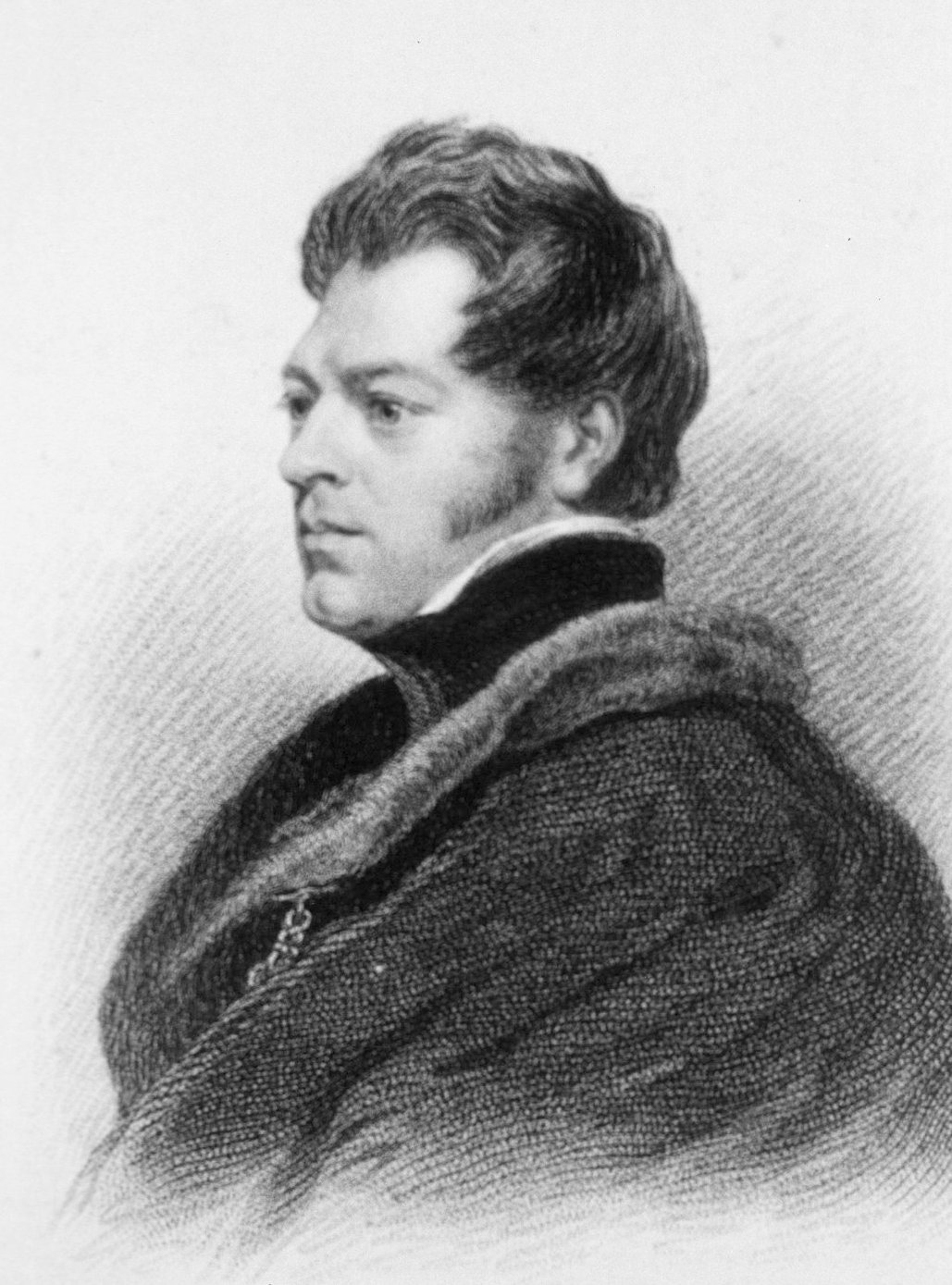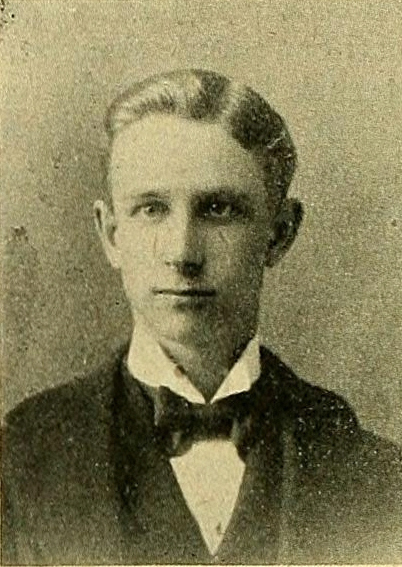|
White-tailed Ptarmigan
The white-tailed ptarmigan (''Lagopus leucura''), also known as the snow quail, is the smallest Aves, bird in the grouse tribe. It is a permanent resident of high altitudes on or above the tree line and is native to Alaska and the mountainous parts of Canada and the western United States. Its plumage is Cryptic coloration, cryptic and varies at different times of the year. In the summer it is speckled in gray, brown and white whereas in winter it is wholly white. At all times of year the wings, belly and tail are white. The white-tailed ptarmigan has a diet of buds, leaves, flowers and seeds. The nest is a simple depression in the ground in which up to eight eggs are laid. After hatching, the chicks soon leave the nest. At first they eat insects but later move on to an adult diet, their mother using vocalisations to help them find suitable plant food. The population seems to be stable and the IUCN lists this species as being of "Least Concern". Taxonomy and etymology The white- ... [...More Info...] [...Related Items...] OR: [Wikipedia] [Google] [Baidu] |
John Richardson (naturalist)
Sir John Richardson Royal Society of London, FRS FRSE (5 November 1787 – 5 June 1865) was a Scotland, Scottish naval surgeon, natural history, naturalist and Arctic explorer. Life Richardson was born at Nith Place in Dumfries the son of Gabriel Richardson, Provost of Dumfries, and his wife, Anne Mundell. He was educated at Dumfries Grammar School. He was then apprenticed to his maternal uncle, Dr James Mundell, a surgeon in Dumfries. Richardson studied medicine at Edinburgh University, and became a surgeon in the navy in 1807. He traveled with John Franklin in search of the Northwest Passage on the Coppermine Expedition of 1819–1822. Richardson wrote the sections on geology, botany and ichthyology for the official account of the expedition. Franklin and Richardson Mackenzie River expedition, returned to Canada in 1825 and went overland by fur trade routes to the mouth of the Mackenzie River. Franklin was to go as far west as possible and Richardson was to go east to the mo ... [...More Info...] [...Related Items...] OR: [Wikipedia] [Google] [Baidu] |
Willow Ptarmigan
The willow ptarmigan ( ); ''Lagopus lagopus'') or willow grouse is a bird in the grouse subfamily Tetraoninae of the pheasant family Phasianidae. It is also known colloquially as awebo bird. The willow ptarmigan breeds in birch and other forests and moorlands in northern Europe, the tundra of Scandinavia, Siberia, Alaska and Canada, in particular in the provinces of Newfoundland and Labrador and Quebec. It is the List of U.S. state birds, state bird of Alaska. In the summer the birds are largely brown, with dappled plumage, while in the winter they are white with some black feathers in their tails. The species has remained little changed from the bird that roamed the tundra during the Pleistocene. Nesting takes place in the spring when clutches of four to ten eggs are laid in a scrape on the ground. The chicks are precocial and soon leave the nest. While they are young, both parents play a part in caring for them. The chicks eat insects and young plant growth while the adults are ... [...More Info...] [...Related Items...] OR: [Wikipedia] [Google] [Baidu] |
Tree Line
The tree line is the edge of a habitat at which trees are capable of growing and beyond which they are not. It is found at high elevations and high latitudes. Beyond the tree line, trees cannot tolerate the environmental conditions (usually low temperatures, extreme snowpack, or associated lack of available moisture). The tree line is sometimes distinguished from a lower timberline, which is the line below which trees form a forest with a closed Canopy (biology), canopy. At the tree line, tree growth is often sparse, stunted, and deformed by wind and cold. This is sometimes known as (German for "crooked wood"). The tree line often appears well-defined, but it can be a more gradual transition. Trees grow shorter and often at lower densities as they approach the tree line, above which they are unable to grow at all. Given a certain latitude, the tree line is approximately 300 to 1000 meters below the permanent snow line and roughly parallel to it. Causes Due to their vertical s ... [...More Info...] [...Related Items...] OR: [Wikipedia] [Google] [Baidu] |
Alpine Climate
Alpine climate is the typical climate for elevations above the tree line, where trees fail to grow due to cold. This climate is also referred to as a mountain climate or highland climate. Definition There are multiple definitions of alpine climate. In the Köppen climate classification, the alpine and mountain climates are part of group ''E'', along with the polar climate, where no month has a mean temperature higher than . According to the Holdridge life zone system, there are two mountain climates which prevent tree growth : a) the alpine climate, which occurs when the mean biotemperature of a location is between . The alpine climate in Holdridge system is roughly equivalent to the warmest tundra climates (ET) in the Köppen system. b) the alvar climate, the coldest mountain climate since the biotemperature is between 0 °C and 1.5 °C (biotemperature can never be below 0 °C). It corresponds more or less to the coldest tundra climates and to the ice cap cli ... [...More Info...] [...Related Items...] OR: [Wikipedia] [Google] [Baidu] |
Comb (anatomy)
A comb is a fleshy growth or crest on the top of the head of some Galliformes, gallinaceous birds, such as domestic chickens. The alternative name cockscomb (with several #Spelling variations, spelling variations) reflects the fact that combs are generally larger on cock birds than on hens. The comb is one of several fleshy protuberances on the heads of chickens, the others being the Wattle (anatomy), wattles and earlobes, which collectively are called Caruncle (bird anatomy), caruncles. In turkeys, the caruncles are the fleshy nodules on the head and throat. Chicken combs are most commonly red, but may also be black or dark purple in breeds such as the Silkie or the Sebright. In other species the color may vary from light grey to deep blue or red. The comb may be a reliable indicator of health or vigor and is used for mate-assessment in some poultry species. Types of chicken comb Comb shape varies considerably depending on the breed or species of bird. Of the many types and ... [...More Info...] [...Related Items...] OR: [Wikipedia] [Google] [Baidu] |
Molt
In biology, moulting (British English), or molting (American English), also known as sloughing, shedding, or in many invertebrates, ecdysis, is a process by which an animal casts off parts of its body to serve some beneficial purpose, either at specific times of the year, or at specific points in its life cycle. In medieval times, it was also known as "mewing" (from the French verb "muer", to moult), a term that lives on in the name of Britain's Royal Mews where the King's hawks used to be kept during moulting time before becoming horse stables after Tudor times. Moulting can involve shedding the epidermis (skin), pelage (hair, feathers, fur, wool), or other external layer. In some groups, other body parts may be shed, for example, the entire exoskeleton in arthropods, including the wings in some insects. Examples In birds In birds, moulting is the periodic replacement of feathers by shedding old feathers while producing new ones. Feathers are dead structures at maturity w ... [...More Info...] [...Related Items...] OR: [Wikipedia] [Google] [Baidu] |
James Greenway
James Cowan Greenway (April 7, 1903 – June 10, 1989) was an American ornithologist. An eccentric, shy, and often reclusive man, his survey of extinct and vanishing birds provided the base for much subsequent work on bird conservation. Early years Greenway was born in New York City, though grew up on the Lauder Greenway Estate in Greenwich, Connecticut, with his brothers G. Lauder Greenway and Gilbert Greenway, as the son of James Greenway Sr., founder of the Yale School of Public Health. He is also a grandson of George Lauder and a great-grandson of George Lauder, Sr. He was educated at Phillips Exeter Academy, graduating in 1922, and graduated from Yale University in 1926 with a Bachelor of Arts degree. He then worked for a few years as a reporter for the ''Brooklyn Eagle'' newspaper. Expeditions and research Expeditions with Delacour In 1929 Greenway became a partner in the Franco-Anglo-American Zoological Expedition to Madagascar. The expedition was sponsored by the ' ... [...More Info...] [...Related Items...] OR: [Wikipedia] [Google] [Baidu] |
Frank Chapman (ornithologist)
Frank Michler Chapman (June 12, 1864 – November 15, 1945) was an American ornithologist and pioneering writer of field guides. Biography Chapman was born in the West Englewood section of present-day Teaneck, New Jersey, and attended Englewood Academy. He joined the staff of the American Museum of Natural History in 1888 as assistant to Joel Asaph Allen. In 1901 he was made associate Curator of Mammals and Birds and in 1908 Curator of Birds. Chapman came up with the original idea for the Audubon Christmas Bird Count. He also wrote many ornithological books such as, ''Bird Life'', ''Birds of Eastern North America'', and ''Life in an Air Castle''. Chapman promoted the integration of photography into ornithology, especially in his book ''Bird Studies With a Camera'', in which he discussed the practicability of the photographic blind and in 1901 invented his own more portable version of a blind using an umbrella with a large 'skirt' to conceal the photographer that could be bund ... [...More Info...] [...Related Items...] OR: [Wikipedia] [Google] [Baidu] |
Wilfred Hudson Osgood
Wilfred Hudson Osgood (December 8, 1875 – June 20, 1947) was an American zoologist. Biography Osgood was born in Rochester, New Hampshire, the oldest child of a family of watchmakers. The family moved to California in 1888 and he went to study in Santa Clara, California, Santa Clara and San Jose, California, San Jose. He joined in the activities of the Cooper Ornithological Club and found company in wikisource:Author:Chester Barlow, Chester Barlow and Rollo Beck, Rollo H. Beck. He taught at a school in Arizona for a year and then moved to the newly formed Stanford University, where he came to meet Charles Henry Gilbert, Charles H. Gilbert and David Starr Jordan. He joined the staff of the Bureau of Economic Ornithology and Mammalogy, of the United States Department of Agriculture at the age of 22. This group later became the Bureau of Biological Survey under Clinton Hart Merriam. In 1909 he moved to the Field Museum of Natural History in Chicago, where he was assistant curator o ... [...More Info...] [...Related Items...] OR: [Wikipedia] [Google] [Baidu] |
Tail
The tail is the elongated section at the rear end of a bilaterian animal's body; in general, the term refers to a distinct, flexible appendage extending backwards from the midline of the torso. In vertebrate animals that evolution, evolved to lose their tails (e.g. frogs and hominid primates), the coccyx is the homologous vestigial of the tail. While tails are primarily considered a feature of vertebrates, some invertebrates such as scorpions and springtails, as well as snails and slugs, have tail-like appendages that are also referred to as tails. Tail-shaped objects are sometimes referred to as "caudate" (e.g. lobes of liver#Caudate lobe, caudate lobe, caudate nucleus), and the body part associated with or proximal to the tail are given the adjective "caudal (anatomical term), caudal" (which is considered a more precise anatomical terminology). Function Animal tails are used in a variety of ways. They provide a source of thrust for aquatic locomotion for fish, cetaceans and cr ... [...More Info...] [...Related Items...] OR: [Wikipedia] [Google] [Baidu] |
White
White is the lightest color and is achromatic (having no chroma). It is the color of objects such as snow, chalk, and milk, and is the opposite of black. White objects fully (or almost fully) reflect and scatter all the visible wavelengths of light. White on television and computer screens is created by a mixture of red, blue, and green light. The color white can be given with white pigments, especially titanium dioxide. In ancient Egypt and ancient Rome, priestesses wore white as a symbol of purity, and Romans wore white togas as symbols of citizenship. In the Middle Ages and Renaissance a white unicorn symbolized chastity, and a white lamb sacrifice and purity. It was the royal color of the kings of France as well as the flag of monarchist France from 1815 to 1830, and of the monarchist movement that opposed the Bolsheviks during the Russian Civil War (1917–1922). Greek temples and Roman temples were faced with white marble, and beginning in the 18t ... [...More Info...] [...Related Items...] OR: [Wikipedia] [Google] [Baidu] |
Grammatical Gender
In linguistics, a grammatical gender system is a specific form of a noun class system, where nouns are assigned to gender categories that are often not related to the real-world qualities of the entities denoted by those nouns. In languages with grammatical gender, most or all nouns inherently carry one value of the grammatical category called ''gender''. The values present in a given language, of which there are usually two or three, are called the ''genders'' of that language. Some authors use the term "grammatical gender" as a synonym of "noun class", whereas others use different definitions for each. Many authors prefer "noun classes" when none of the inflections in a language relate to Sex–gender distinction, sex or gender. According to one estimate, gender is used in approximately half of the world's languages. According to one definition: "Genders are classes of nouns reflected in the behavior of associated words." Overview Languages with grammatical gender usually h ... [...More Info...] [...Related Items...] OR: [Wikipedia] [Google] [Baidu] |






